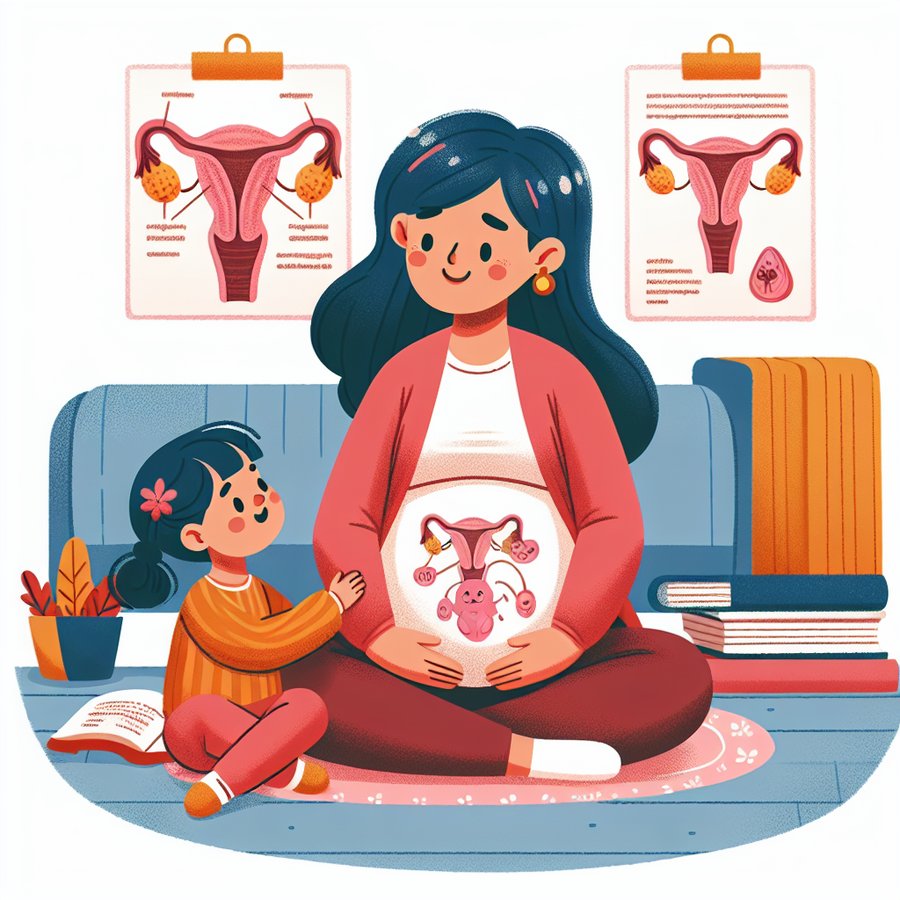Recognizing Braxton Hicks contractions at week 31 can be a puzzling part of the pregnancy journey for many expectant mothers. As you navigate through the third trimester, understanding these ‘practice’ contractions becomes crucial for peace of mind and preparing for the real labor. This guide aims to demystify Braxton Hicks contractions, helping you to recognize their characteristics, differentiate them from real labor contractions, and provide practical tips for managing any discomfort they may bring.
What Are Braxton Hicks Contractions?
Braxton Hicks contractions are often described as the body’s way of preparing for labor, occurring sporadically throughout your pregnancy but becoming more noticeable and frequent as you approach your due date. Unlike true labor contractions, Braxton Hicks are typically irregular, vary in intensity, and do not increase in frequency or intensity over time. Recognizing Braxton Hicks contractions at week 31 is crucial as it can help alleviate concerns over premature labor.
These contractions may feel like a tightening or hardening of the abdomen, often starting at the top of the uterine muscles and spreading downwards. The sensation is usually painless or might be accompanied by mild discomfort. Understanding that Braxton Hicks contractions are a normal part of pregnancy and a sign that your body is gearing up for the big day can provide reassurance.
Recognizing Braxton Hicks Contractions at Week 31
By week 31, many mothers-to-be report an increase in the frequency and intensity of Braxton Hicks contractions. Recognizing Braxton Hicks contractions at week 31 involves paying attention to their pattern and characteristics. They tend to be irregular, infrequent, and often stop when you change positions or increase your fluid intake. Unlike true labor contractions, they do not follow a predictable pattern of increasing intensity and frequency.
It’s also essential to note that Braxton Hicks contractions do not cause the cervix to dilate. If you’re experiencing any signs of real labor, such as consistent lower back pain, regular contractions that increase in intensity, or a leaking of fluid that could indicate your water has broken, it’s crucial to contact your healthcare provider immediately. For more detailed insights, visiting Recognizing Braxton Hicks Contractions at Week 31 can offer in-depth information.
Managing Discomfort from Braxton Hicks Contractions
Though Braxton Hicks contractions at week 31 are generally considered painless, they can cause discomfort for some women. Staying hydrated is one effective way to manage this discomfort, as dehydration can often trigger these contractions. Similarly, changing your activity level or position can help; if you’ve been active, take a break and rest, and if you’ve been sitting for a while, take a gentle walk.
Practicing relaxation techniques such as deep breathing, taking a warm bath, or using a heating pad on your back can also provide relief. These strategies not only help manage discomfort from Braxton Hicks contractions but can also be useful during actual labor. For additional comfort measures and tips, explore resources on gentle parenting from birth and benefits of baby-led weaning for related parenting tips.
When to Contact Your Healthcare Provider
While recognizing Braxton Hicks contractions at week 31 is an essential skill for expectant mothers, knowing when to seek medical advice is equally important. If you experience any signs of preterm labor, including regular, painful contractions, vaginal bleeding, fluid leakage, or increased pressure in the pelvic area, you should contact your healthcare provider immediately.
Additionally, if Braxton Hicks contractions become extremely painful, unusually frequent, or you have any concerns about your pregnancy, it’s always better to err on the side of caution and consult with your healthcare provider. They can offer reassurance, conduct any necessary examinations, and provide guidance tailored to your specific situation. For more information on pregnancy-related concerns and tips, visiting what to expect at 6 weeks pregnant can be helpful.
In conclusion, recognizing Braxton Hicks contractions at week 31 is a crucial aspect of preparing for childbirth. By understanding what they are, how to recognize them, and how to differentiate them from true labor contractions, you can navigate the final weeks of pregnancy with greater confidence and less anxiety. Remember, every pregnancy is unique, so always consult your healthcare provider for advice tailored to your individual needs.













